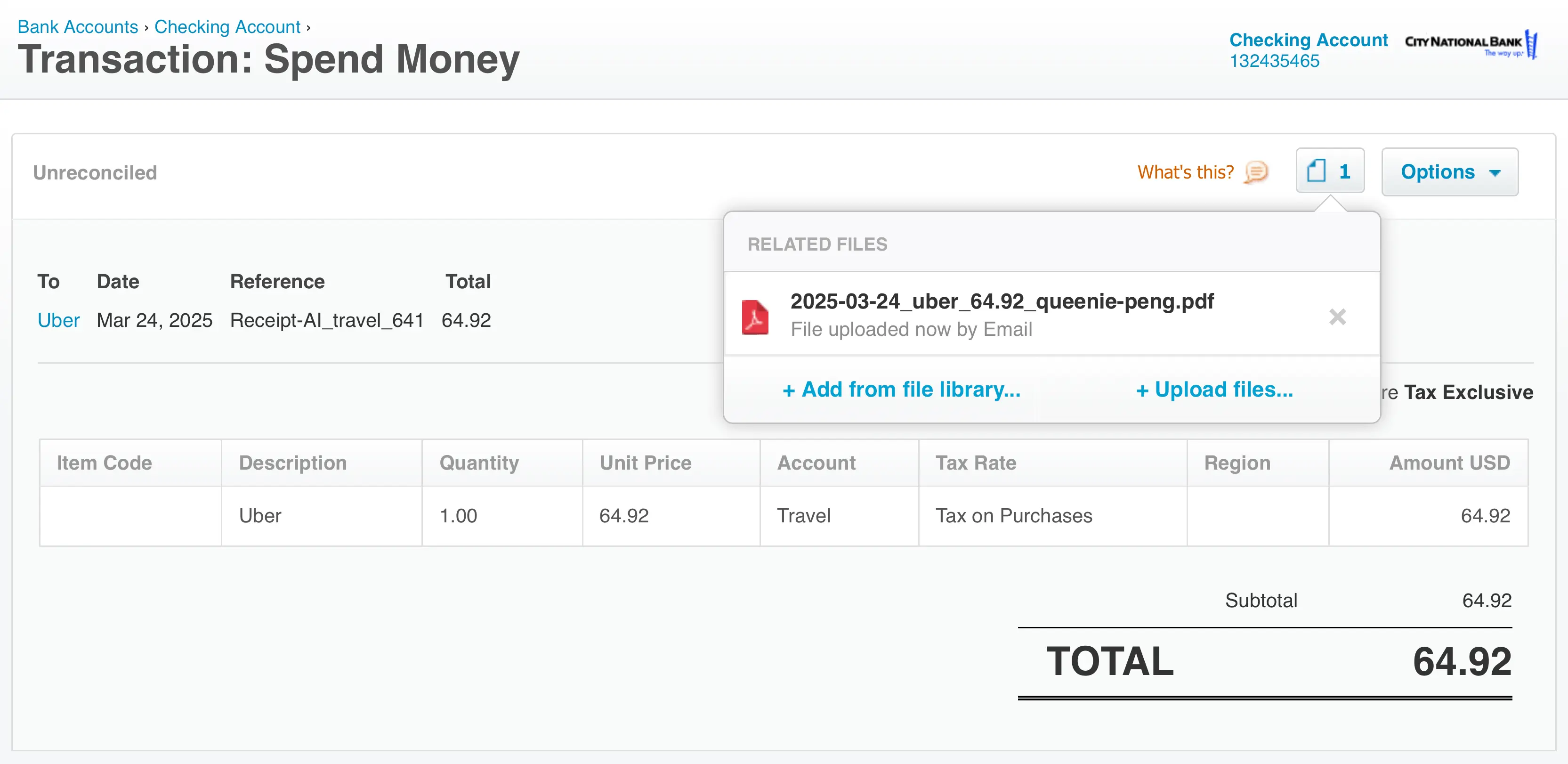Wednesday, April 10, 2024
What are the major business expense categories?
Share this article:
In accounting, 'the books' refers to all the financial records of a business, including the balance sheet, income statement, and cash flow statement. As a business owner, reviewing these records should give you a clear understanding of your business’s financial health. Expenses are critical components of running a successful business, which makes proper categorization essential. Below are some of the major categories of business expenses.
1. Operating Expenses
The costs associated with the day-to-day operations of a business.
+ Rent and Utilities (office, electricity, water, and internet services)
+ Salaries and Wages (salaries, bonuses, and benefits)
+ Supplies and Equipment.
+ Insurance (liability, property, and health insurance)

* Use Receipt AI and SMS to upload receipts directly to QuickBooks and Xero, simplifying the process of gathering receipts and reconciling expenses.
2. Cost of Goods Sold (COGS)
COGS refers to the direct costs attributable to the production of the goods sold by a company. This category is particularly relevant for manufacturing and retail businesses.
+ Raw Materials (materials and supplies directly used to create a product).
+ Direct Labor: (Wages for employees who are directly involved in the manufacturing process).
+ Manufacturing Overheads (Costs indirectly related to production, such as maintenance of equipment and factory rent).
3. Travel, Meals and Entertainment
+ Travel (Airfare, hotels, and transportation for business trips).
+ Meals and Entertainment (For hosting clients or for employee outings).
4. Technology and Software
+ Software Subscriptions (accounting software, customer relationship management (CRM) systems, and project management tools.)
+ Hardware (Computers, servers etc)
5. Marketing and Advertising
This category encompasses costs related to promoting the business and its products or services.
+ Advertising: Costs of traditional advertising (TV, radio, print) and digital marketing (social media, PPC, email marketing).
+ Promotional Materials: Costs for creating and distributing marketing materials, such as flyers, brochures, and swag.
+ Market Research: Expenses for conducting market research and surveys to understand customer preferences and market trends.
6. Professional Services
+ Legal Fees (legal advice, litigation, trademarks, and patents).
+ Consulting Fees.
+ Accounting Services (bookkeeping, tax preparation, and financial advice).
We recommend using Receipt AI to manage receipts and expenses. Simply take a picture of the receipt and send it via SMS. Receipt AI is the most convenient way for professionals to upload their receipts.
business expense
what is a business expense
business expense categories for taxes
business Expense categories
receipt ai





